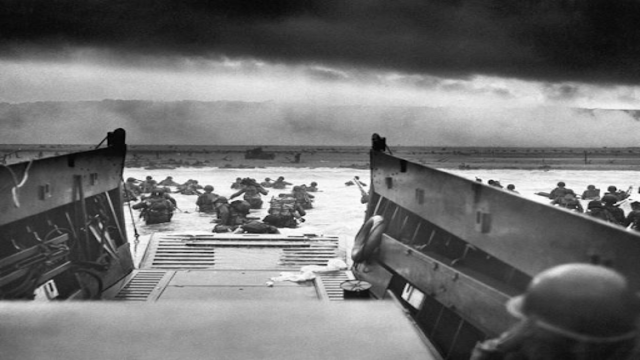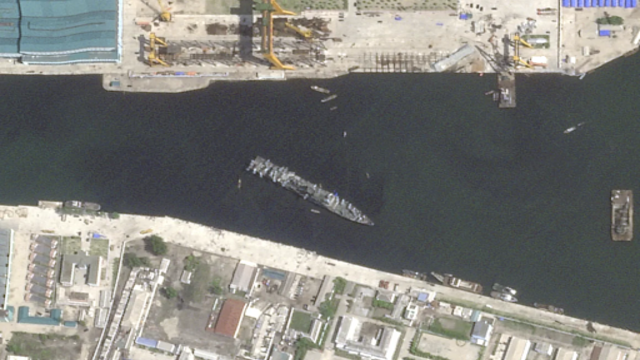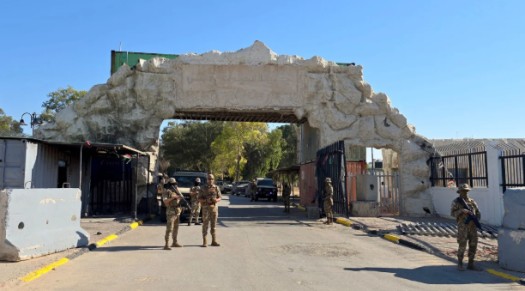
This satellite image shows North Korea’s newly launched destroyer lying on its side at Chongjin on May 25, 2025.
North Korea has arrested four officials after a failed launch of its new destroyer, leaving the vessel damaged and partially submerged. The incident, which leader Kim Jong Un personally witnessed, has sparked rare admissions of error from the regime.
Key Official Held Responsible
Ri Hyong Son, a senior figure in the Munitions Industry Department, is among those arrested. He is accused of bearing the primary responsibility for the incident. North Korea state media outlet, KCNA, identified him as the person most accountable for the serious accident.
More Arrests from Shipyard Team
Three others were also detained. They include Kang Jong Chol, the chief engineer at Chongjin Shipyard, Han Kyong Hak, who led the hull construction workshop, and Kim Yong Hak, the deputy administrative manager. Their arrests came after Kim Jong Un described the failed launch as “a criminal act” and promised severe consequences.
What Went Wrong at the Launch
The accident occurred last Wednesday when a malfunction in the launch system caused the warship’s stern to slip into the water too early. The premature movement crushed part of the hull and left the ship’s bow stuck on the ramp. This happened before the vessel had been properly launched.
This 5,000-ton destroyer, still unnamed, was meant to be a symbol of North Korea’s growing naval power. Instead, it became the subject of an embarrassing failure—one the regime could not entirely hide.
Damage Report and Uncertainty
North Korean state media reported that the damage was “less severe than initially estimated.” Although no holes were found in the hull, seawater had entered the stern, and scratches were visible along the ship’s side. KCNA optimistically claimed the repairs might take 10 days.
However, military analysts doubt that timeline. They warn that internal corrosion and structural damage from seawater could take far longer to fix.
Kim Jong Un Sets an Ambitious Deadline
Kim has demanded that the destroyer be fully restored by late June. This deadline coincides with a plenary session of the ruling Workers' Party. He reportedly considers the issue a matter of national pride.
Yet analysts warn that rushing the restoration could lead to further complications. South Korean defense analyst Yu Yong-weon said the original problem likely resulted from a rushed timeline. Hasty repairs could risk repeating the same mistake.
Satellite Images Show the Damage Hidden
Recent satellite images show most of the warship covered in blue tarps, likely to hide the full extent of the damage. Smaller boats are seen around the ship, and the vessel remains tilted on its side at the shipyard.
Naval expert Carl Schuster, a retired US Navy captain, says the repairs could take four to six months. That estimate is far beyond Kim’s June target.
He also warned that saltwater damage could severely impact the ship's interior. Flushing out seawater and drying metal surfaces are necessary to prevent long-term corrosion. However, such cleaning cannot begin until the ship is righted and sealed.
Optics Over Operational Value?
Schuster suggested that propaganda may drive the repair efforts more than practical concerns. “If Kim wants it done in six months, they’ll cut corners to meet the deadline,” he said. But a ship built under pressure could be unreliable in actual operations.
Still, North Korea insists that restoration work is “actively underway,” though no clear timeline has been provided.
North Korea’s warship mishap has led to arrests, rare admissions of fault, and urgent repair efforts. The regime’s desire to preserve national pride may overshadow technical realities. While the vessel remains under wraps—literally—its fate will likely reflect broader challenges within North Korea’s secretive military ambitions.















